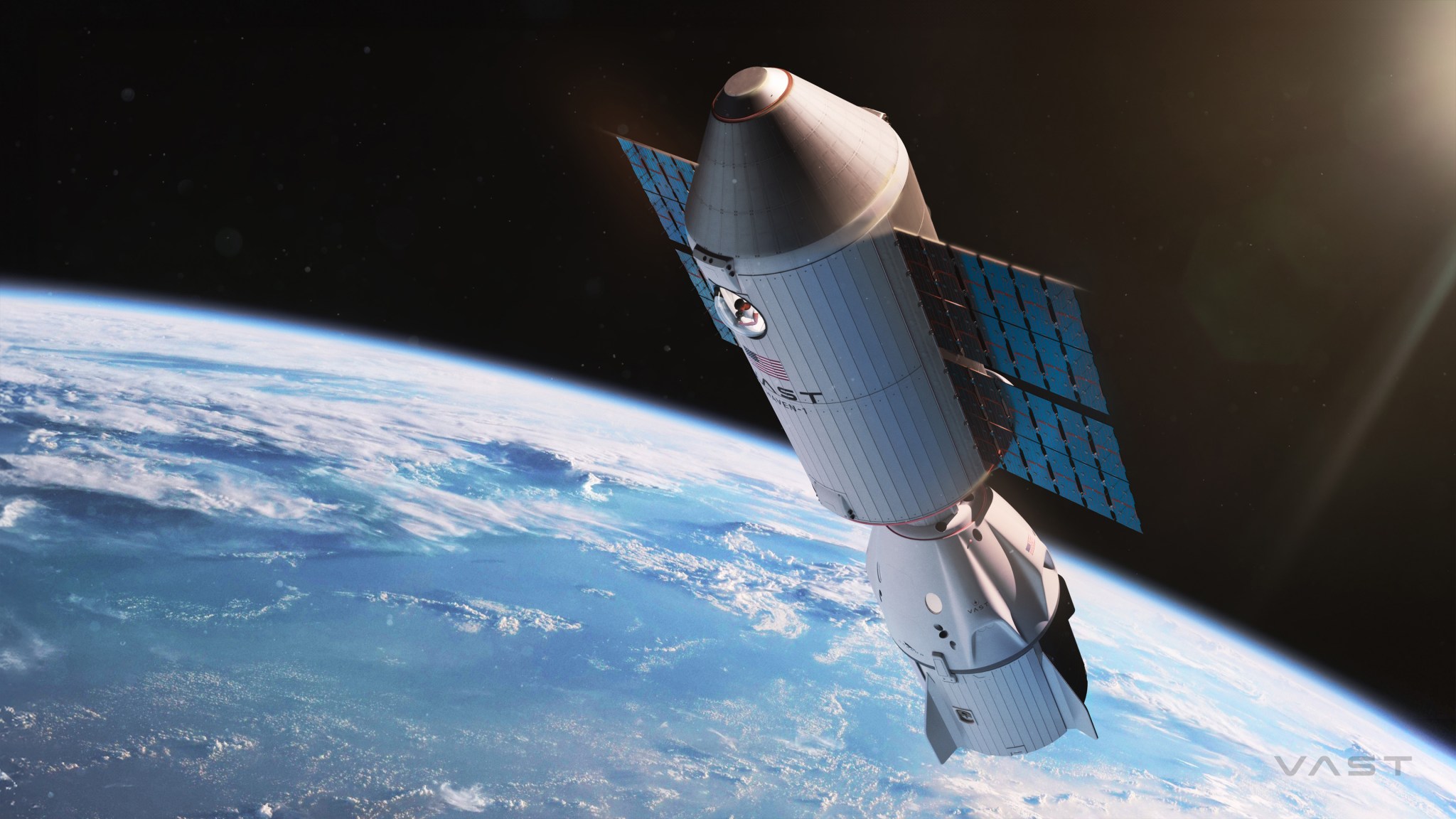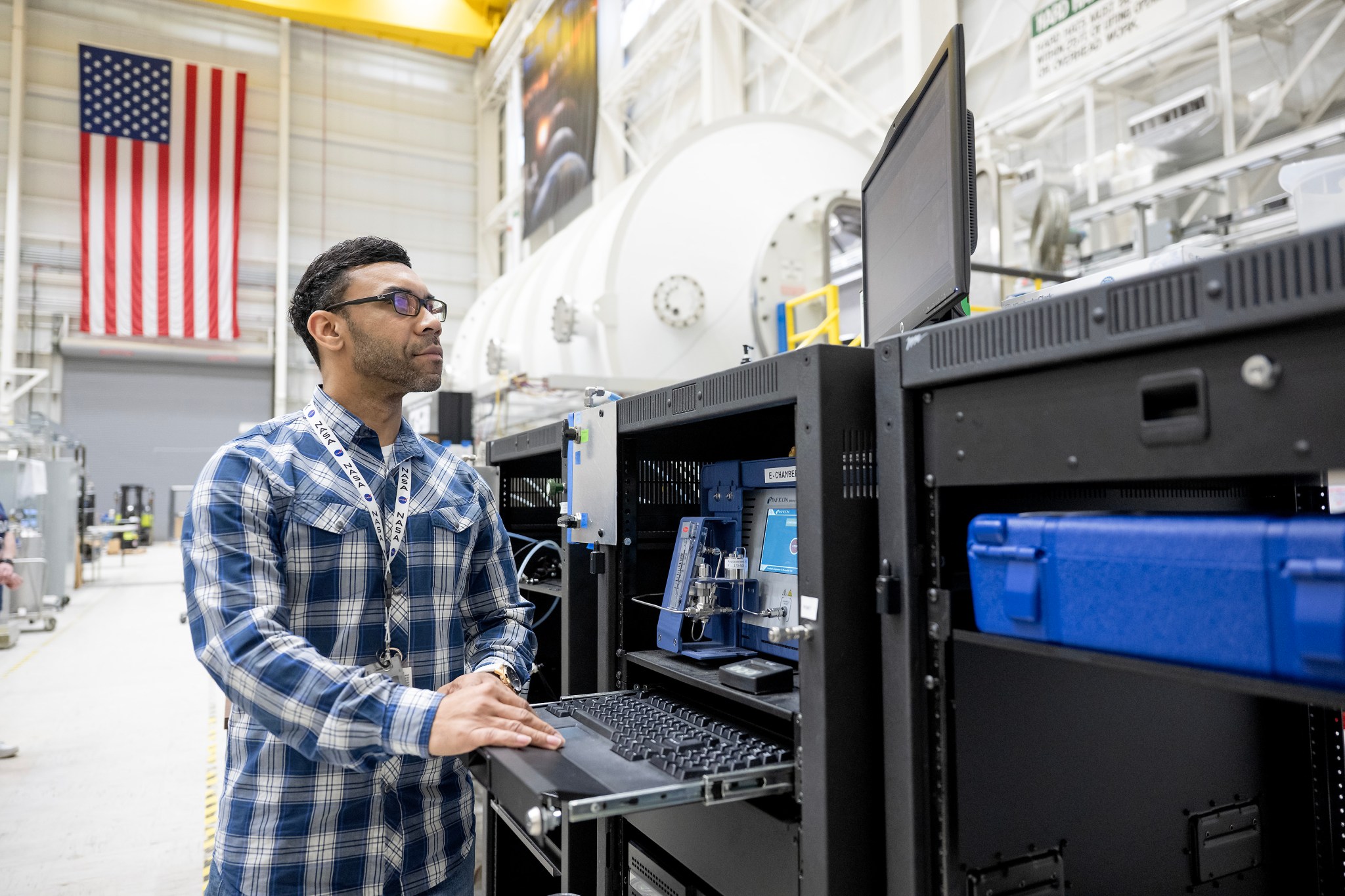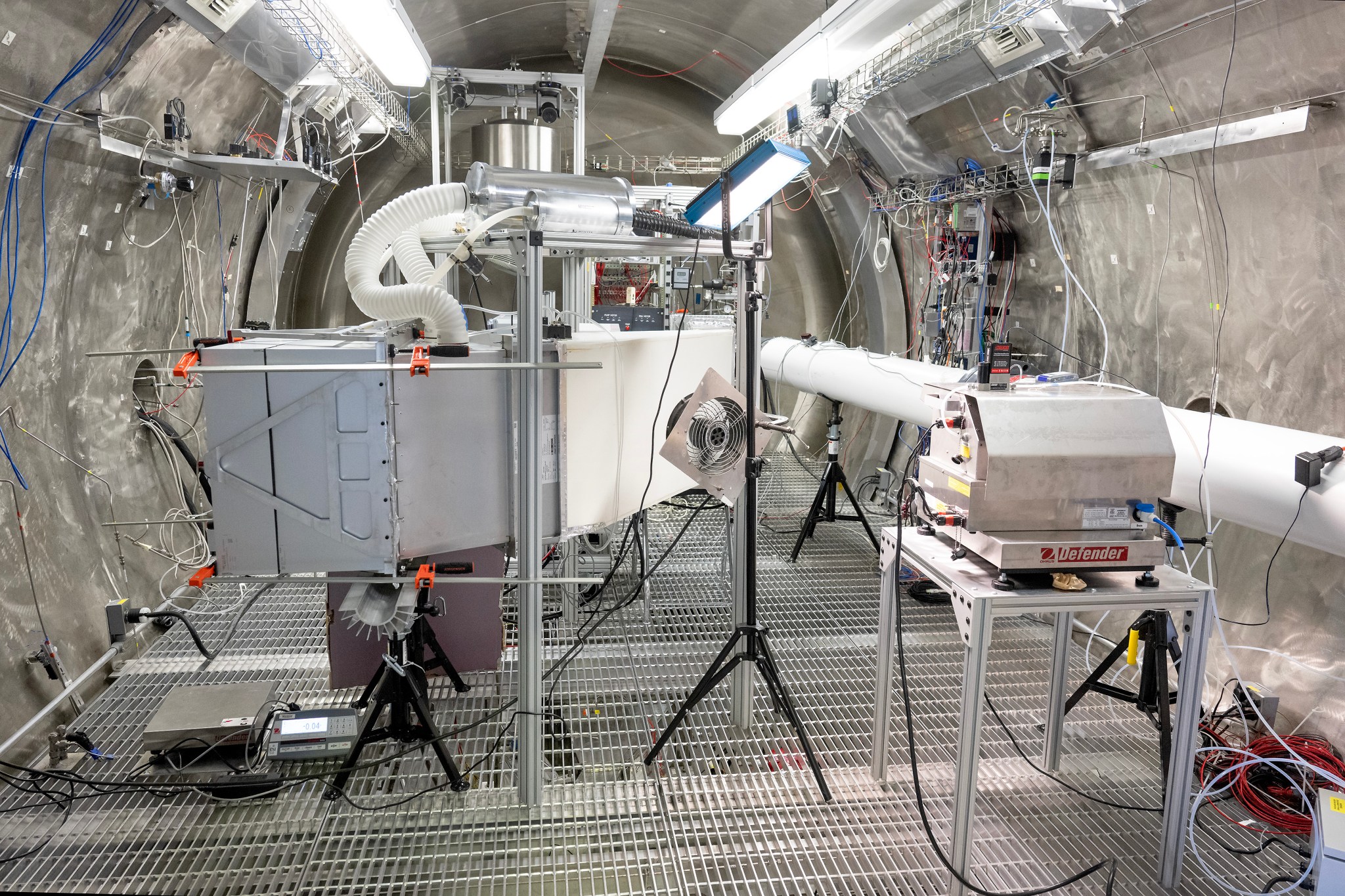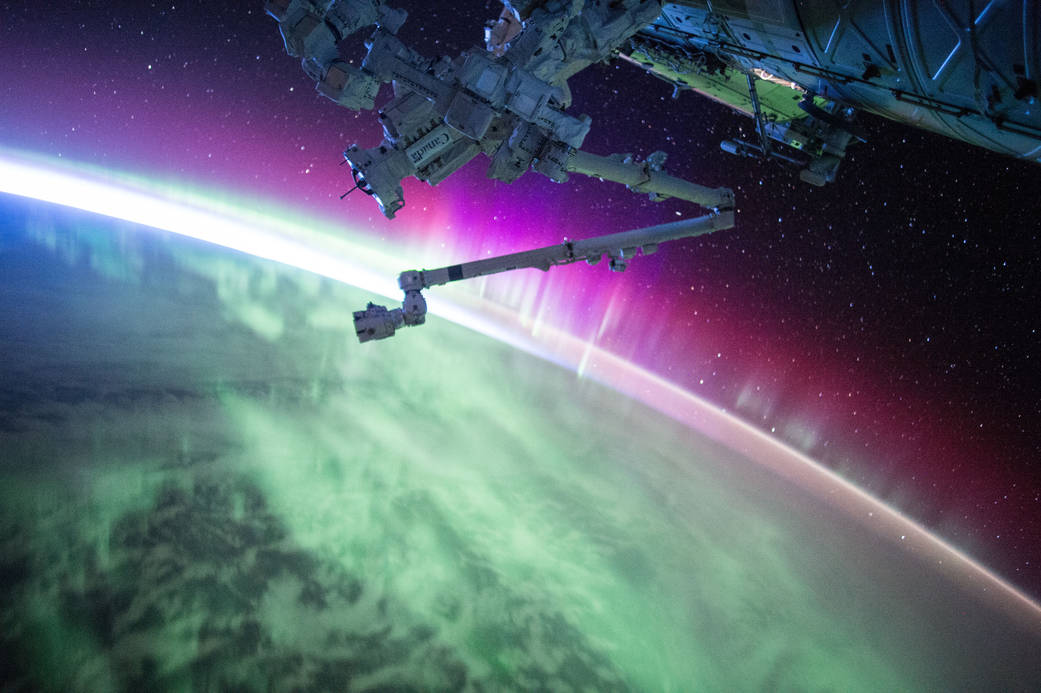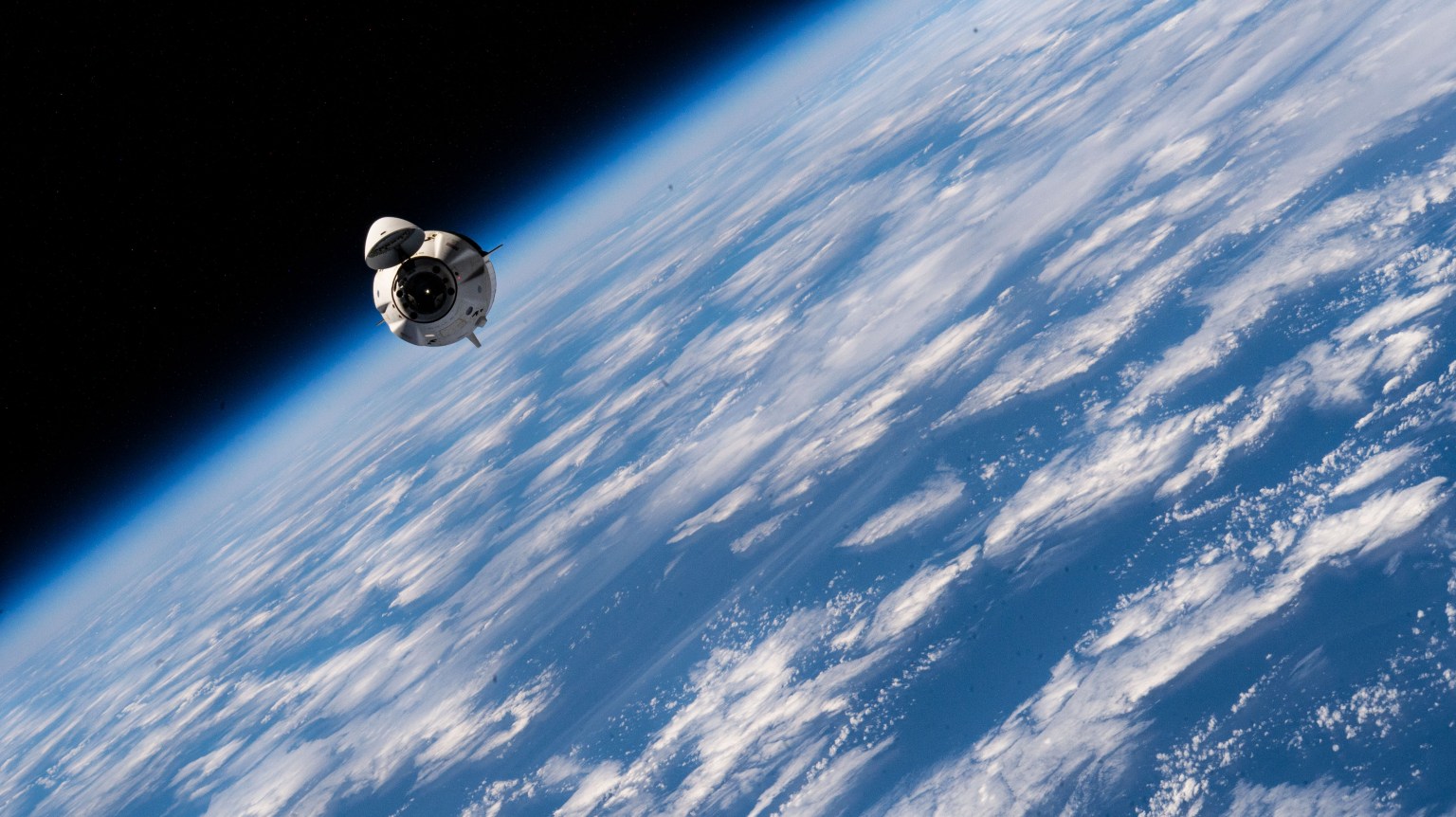NASA Helps with Progress on Vast’s Haven-1 Commercial Space Station
- NASA has supported Vast’s Haven-1 commercial space station in completing a test of its critical air filter system, which maintains a safe and healthy atmosphere for astronauts.
- The test, conducted at NASA’s Marshall Space Flight Center in Huntsville, Alabama, confirmed the system’s ability to control trace contaminants produced by humans and materials on the station.
- NASA is providing technical expertise, technologies, services, and facilities to support Vast’s development of commercial space stations, including Haven-1 and its planned successor, Haven-2.
- The agency plans to procure services from one or more companies following the design and development phase as part of its strategy to become a customer for low Earth orbit stations.
- NASA is supporting the development of commercially owned and operated space stations in low Earth orbit through various initiatives, including the Commercial Low Earth Orbit Development Program and the Collaborations for Commercial Space Capabilities initiative.
2 min read
Preparations for Next Moonwalk Simulations Underway (and Underwater)
NASA-supported commercial space station, Vast’s Haven-1, recently completed a test of a critical air filter system for keeping future astronauts healthy in orbit. Testing confirmed the system can maintain a safe and healthy atmosphere for all planned Haven-1 mission phases.
Testing of the trace contaminant control system was completed at NASA’s Marshall Space Flight Center in Huntsville, Alabama, as part of a reimbursable Space Act Agreement. Vast also holds an unfunded Space Act Agreement with NASA as part of the second Collaborations for Commercial Space Capabilities initiative.
The subsystem of the environmental control and life support system is comprised of various filters designed to scrub hazardous chemicals produced by both humans and materials on the commercial station. During the test, a representative chemical environment was injected into a sealed environmental chamber, and the filtration system was turned on to verify the trace contaminant control system could maintain a healthy atmosphere.
“Testing of environmental control systems and subsystems is critical to ensure the health and safety of future commercial space station crews,” said Angela Hart, program manager for NASA’s Commercial Low Earth Orbit Development Program at the agency’s Johnson Space Center in Houston. “Through NASA’s agreements with Vast and our other industry partners, the agency is contributing technical expertise, technologies, services, and facilities to support companies in the development of commercial stations while providing NASA important insight into the development and readiness to support future agency needs and services in low Earth orbit.”
Experts used the same environmental chamber at Marshall to test the International Space Station environmental control and life support system.
The knowledge and data gained during the recent testing will help validate Vast’s Haven-1 and support future Haven-2 development.
NASA supports the design and development of multiple commercial space stations through funded and unfunded agreements. NASA plans to procure services from one or more companies following the design and development phase as part of the agency’s strategy to become one of many customers for low Earth orbit stations.
For more information about commercial space stations, visit:
www.nasa.gov/commercialspacestations

